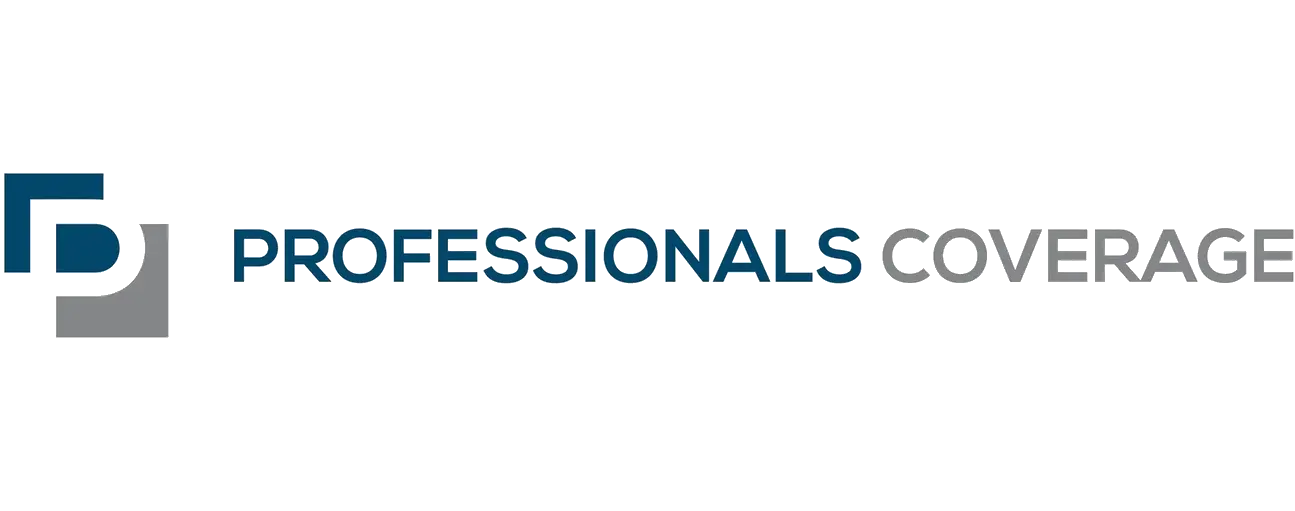Owning a business in Canada comes with many responsibilities. One of these responsibilities involves protecting clients from potential harm caused by negligence. Even with all the protections in the world in place, there is always a risk of mishap that can lead to the harm of a customer. Negligence claims and lawsuits cost Canadian businesses millions of dollars each year.
To ease the brunt of these civil actions, Errors and Omissions insurance, which is also referred to as professional indemnity insurance and professional liability insurance is a necessity.
What Factors Impact E&O Insurance Rates?
E&O insurance rates are determined by several factors. These factors include the deductible amounts, services offered, risk exposures, employee numbers, coverage types, insurers, and more factors listed below. Yes, the insurer can also play a major role in the rates charged for Ontario E&O insurance coverage. While some insurance companies will charge lower rates, others will charge higher rates. Is this fair to consumers? Well, it is just a part of doing business in the insurance industry.
Risk Factors Broken Down
The only way you will ever understand how insurance companies determine rates is to know the risk factors involved. Insurance companies do whatever is necessary to protect themselves and their customers from financial loss. In the meantime, they provide policies that also protect their customers’ clients from financial losses associated with negligent mishaps.
The primary factors that impact the rate of E&O insurance include:
- The Size of a Business – Businesses with a large number of employees should expect to pay higher premiums for E&O insurance coverage than small businesses. Insurance companies know that large businesses are high risk, so they charge them higher premiums.
- The Industry – Another factor that determines the cost of E&O insurance rates is the industry the business is in. Some industries, such as steel, electricity, commercial construction, roofing, and oil, are considered high risk in the eyes of insurance companies. Any business in a high-risk industry should expect to pay higher insurance premiums than business in low-risk industries.
- Business Location – Insurance companies also base the cost of E&O insurance on the business location. Some locations are considered high-risk because of higher population, crime, and lawsuits.
- Type of coverages provided – Some insurance policies cost more than other. If you require a specific rider or clause attached to your E&O policy, than you can expect to pay more.
- Coverage limits – The amount of coverage provided has an impact on the cost of insurance. Higher the limit, the higher the rates. Saying, sometimes going from $1 to $2 million can change the premium for only a few dollars, if that.
- Deductible – The higher your deductible (how much you pay from your pocket before the insurer steps in the cover the additional payout), the lower the premium. Not all claims are in the thousands and the insurers know this. To prevent paying small claims, the insurer adds a deductible to the policy which the insured agrees to pay.
- Claims history – If your business has been sued in the past or is currently part of an ongoing lawsuit, insurers will view this as a high risk and jack your premium up. They may also deny your application for this very reason alone.
- Type of services provided – The nature of your services also determines how much you will pay. Some services have a higher risk exposure than others. For example, a paralegal will pay more than a copy writer for obvious reasons.
- Employee development/training – If your employees are constantly being educated and developed in their lines of work, insurers may perceive them to be less of a risk. This is keeping the assumption in mind that the more the professionals know, they better they will do their job, and the less chances of them causing errors which lead to lawsuits.
There are just some of the factors that determine the cost of an errors and omissions insurance policy. Alternatively, you can learn about how to lower your E&O cost in the event you feel that you are paying too much or would like to save some of your hard earned money.
It is best to speak to a licensed broker or agent to know exact figures so you can make a sound decision based on your budget.
Other frequently asked questions before buying an E&O Insurance Policy
- What does an errors and omissions insurance policy cover?
- Does my business require errors and omissions insurance coverage?
- How can I lower my E&O insurance cost?
- How does E&O insurance for independent contractors I work with work?
- What does an E&O Insurance policy not cover?
- Why do some of my clients require that I have an E&O insurance policy in place prior to working with me?
- What is a certificate of errors and omissions insurance?
- What if I want to cancel my E&O insurance coverage?


